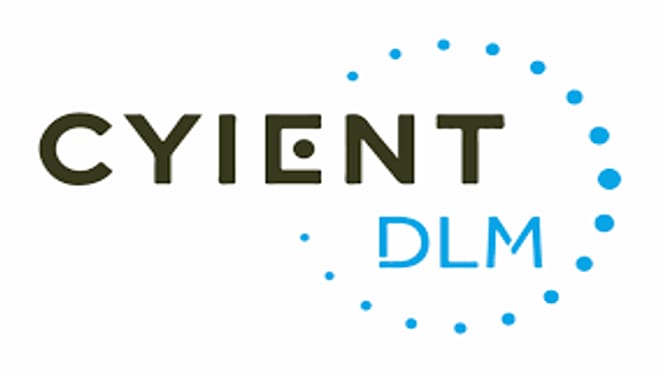 Image Source: ReLakhs
Image Source: ReLakhs
The Reserve Bank of India (RBI) has reported a significant rise in the share of floating rate loans, setting the stage for more effective and immediate transmission of monetary policy changes to borrowers and the broader economy. As of March 2025, floating rate loans accounted for 75.7% of total gross advances among major banks, up from 72% two years ago. In the retail segment, the share climbed to 65.1%, with a remarkable 90% of these loans now linked to external benchmarks—ensuring near-automatic rate adjustments.
Key Highlights:
Broader Impact: Public sector banks lead the trend, with 80.9% of their advances on floating rates, compared to 67.5% for private banks. In agriculture, the figure is even higher: 93% for public banks versus 54.5% for private.
Policy Moves: The RBI has cut policy rates by a cumulative 100 basis points over the last three meetings, and economists expect further reductions this year. These cuts are now expected to pass through more quickly to borrowers.
Liquidity Boost: Since January 2025, the RBI has injected ₹9.5 lakh crore into the system through open market operations, swaps, and repos, shifting liquidity from deficit to surplus by March. An additional phased 100 bps CRR cut will release ₹2.5 lakh crore more between September and December.
Automatic Transmission: With most floating loans now linked to external benchmarks, borrowers—especially in home and retail loans—will see faster changes in EMIs following RBI rate moves.
The RBI’s aggressive liquidity measures and the dominance of floating rate loans are set to make policy actions more impactful, benefiting borrowers and supporting economic momentum.
Sources: Economic Times, MediaL, Sobha
Advertisement
Advertisement








